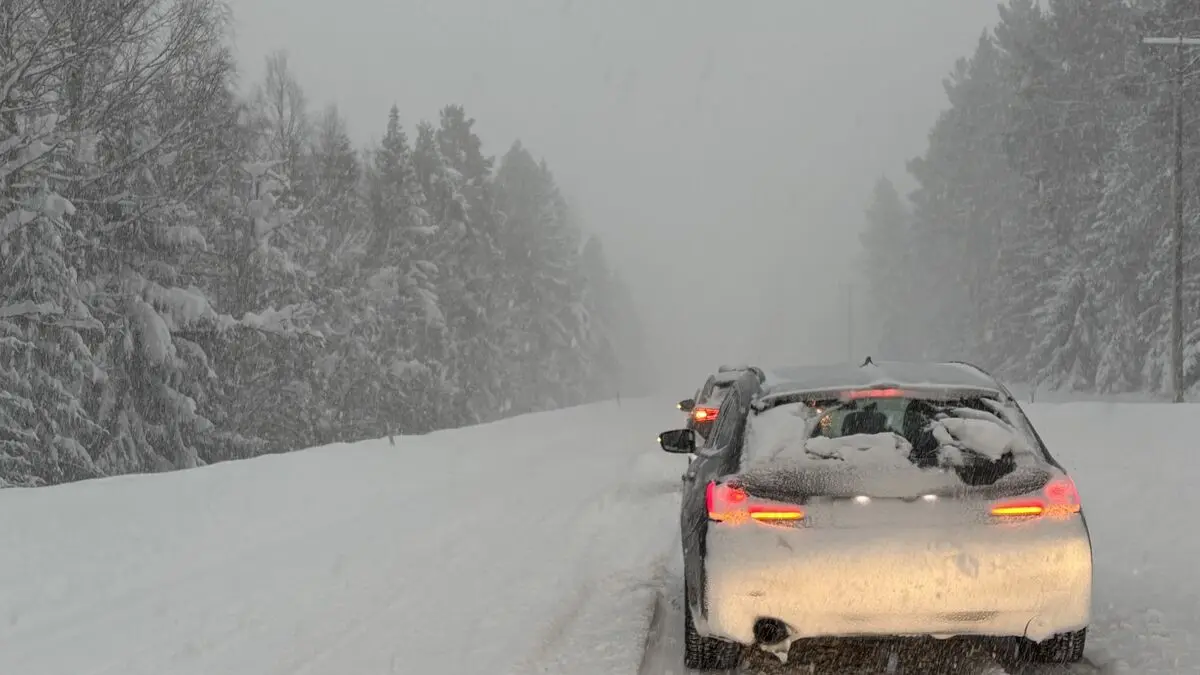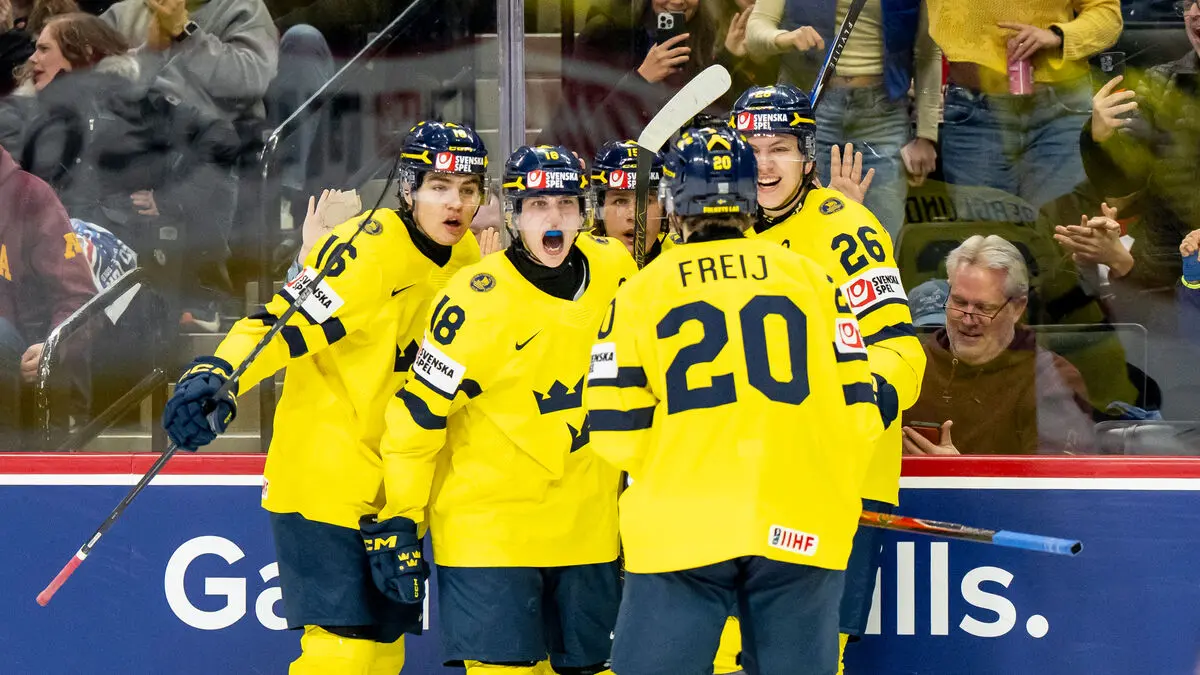The Swedish wine production has increased significantly in recent years and now the vineyards are also spreading northwards.
It's growing like crazy, says Lena Magnergård on Selaön in Mälaren.
On Selaön in Södermanland, there is now the northernmost vineyard that has produced its own wine in Sweden. It is run by the couple Lena Magnergård and Erik Björkman, who mainly produce sparkling wine. In recent times, interest in viticulture has spread on the island.
It's a good cultivation zone right here where we live. It's warm and it doesn't rain that often. And when one starts cultivating, more pop up, says Lena Magnergård.
Larger cultivations
One of those who has just started cultivating on Selaön is Kira Lindell, who, together with her husband, is planting a cultivation on almost two hectares.
The people from Skåne think we're crazy, says Kira Lindell.
But I'm going to work with this now, that's the idea. So I'm putting everything into this and hoping it goes well.
Viticulture has also spread to, among other places, Stockholm County. And according to the industry organisation Svenskt vin, Swedish viticulture is expanding every year, and more people are investing in larger cultivations from the start.
My estimate is that we're growing 10-15 hectares every year, says Sveneric Svensson, chairman of the Association of Swedish Wine.
Today, there are around 50 commercial wine growers in the country, with a total cultivation area of 200-250 hectares, according to the industry organisation.
And at Systembolaget, the sale of Swedish wine increased by 78 per cent between 2019-2023.
Both demand and supply have constantly increased. But it's still a very small part that's Swedish wine, says Fredrik Arenander, purchasing manager at Systembolaget.
Better quality
A higher average temperature makes viticulture possible further north, but the main reason why viticulture has been able to develop here is primarily the grape variety Solaris, according to Sveneric Svensson.
This grape ripens faster, so it has time to mature during the summer we have in Sweden.
Solaris began to be cultivated in Sweden at the beginning of the 2000s. But he believes that production has increased significantly in recent years, mainly because the quality of Swedish wine has improved. People have gained better knowledge in viticulture and that has inspired people to try cultivating themselves.
Somelier Sören Polonius agrees.
The first Swedish wines one tried were sour and snappy. But today, Swedish wines have a high quality, as we've seen. So there's a huge difference if you compare it to ten years ago.






